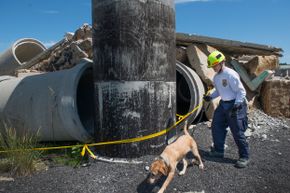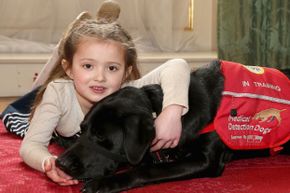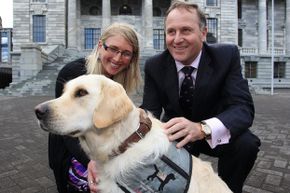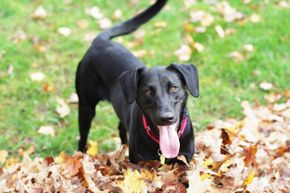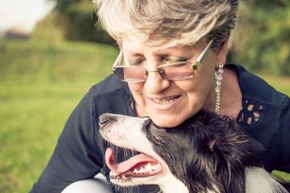Everybody knows that our canine best friends' senses far outstrip our puny human abilities. That's why Duke will start howling long before you hear a siren pass, and Princess knows if you've hidden a treat in your pocket. Not too long after the first wolves decided it might be smart to hang out with humans, humans began to figure out ways to put those canine senses to work.
Dogs have helped people hunt for centuries. They've helped herd domestic animals. In more recent times, it's well know that dogs help police track down criminals and find illegal drugs and explosives. Dogs are brought in to find people who are trapped in disasters, and those keen noses also help dogs find cadavers.
Advertisement
More recently, people have been finding ways to channel dogs' super senses in new ways. Sometimes, it's the dogs that teach us humans about their abilities. And it's not all about smelling and hearing. Some dogs have uncanny abilities to know what's going on with humans, emotionally as well as physically.
Here are 10 examples of impressive doggy detection. Even longtime dog owners might be surprised by some of them. Or you might discover the reason behind your favorite dog's sometimes-quirky behavior.
